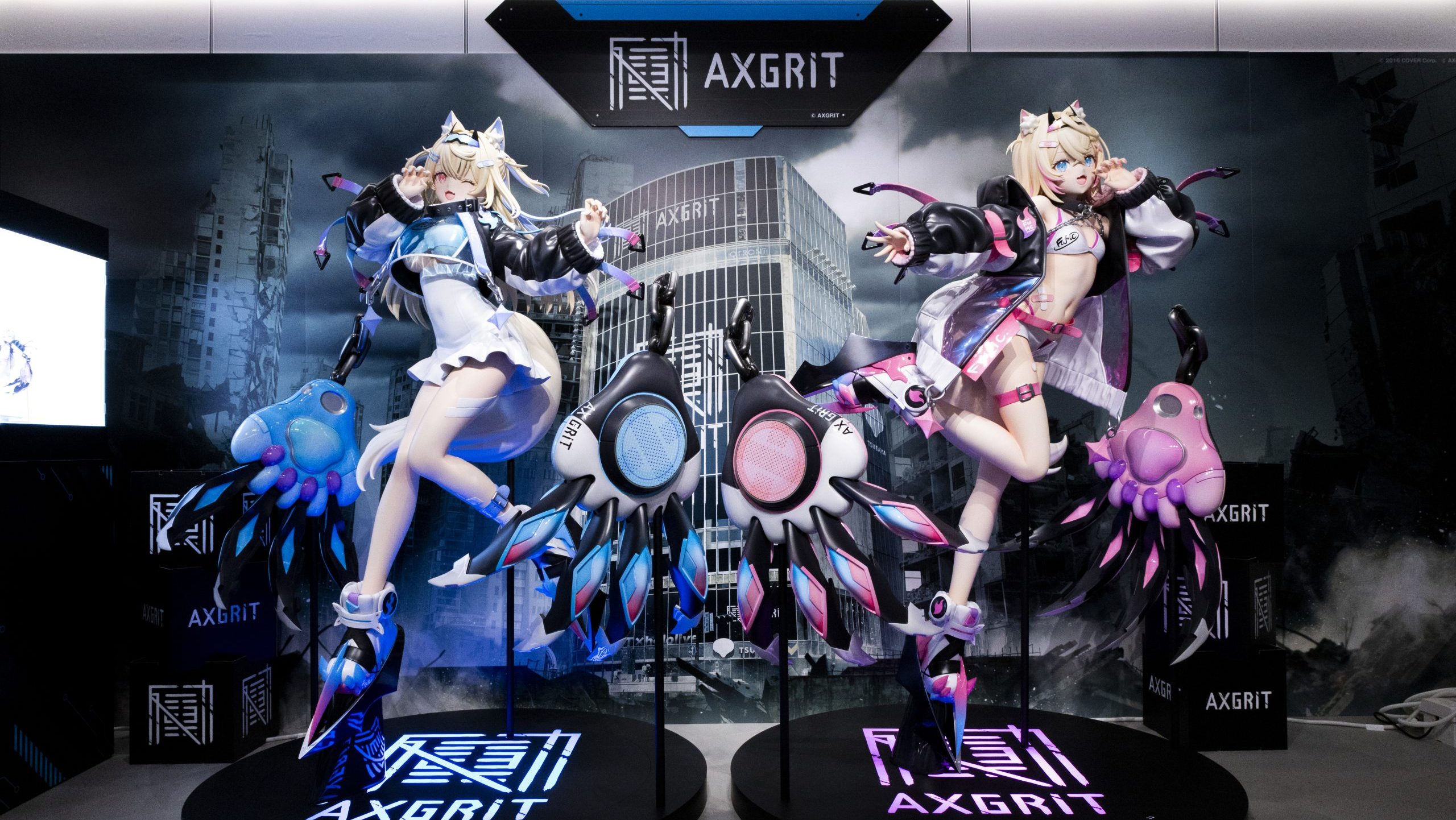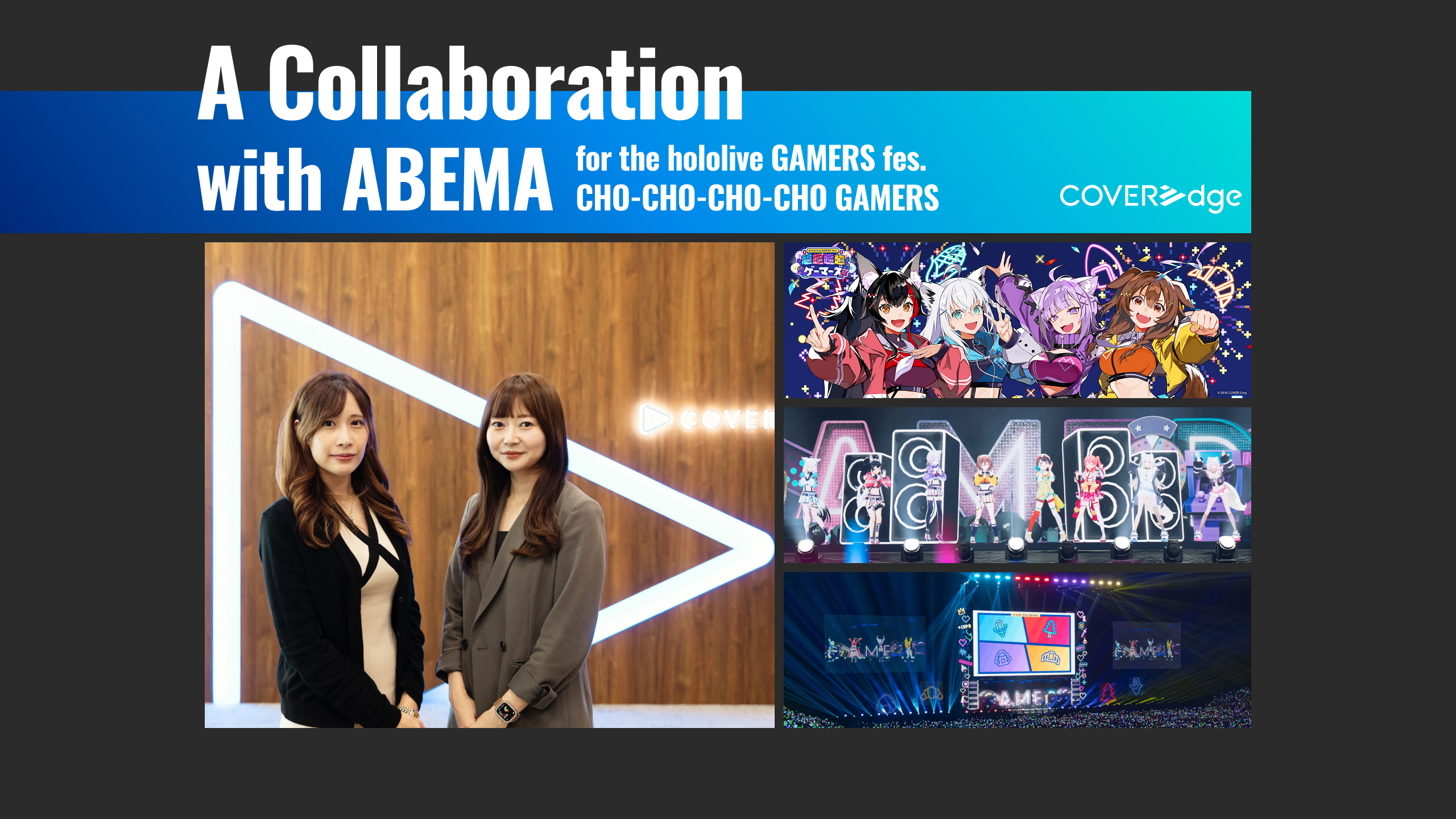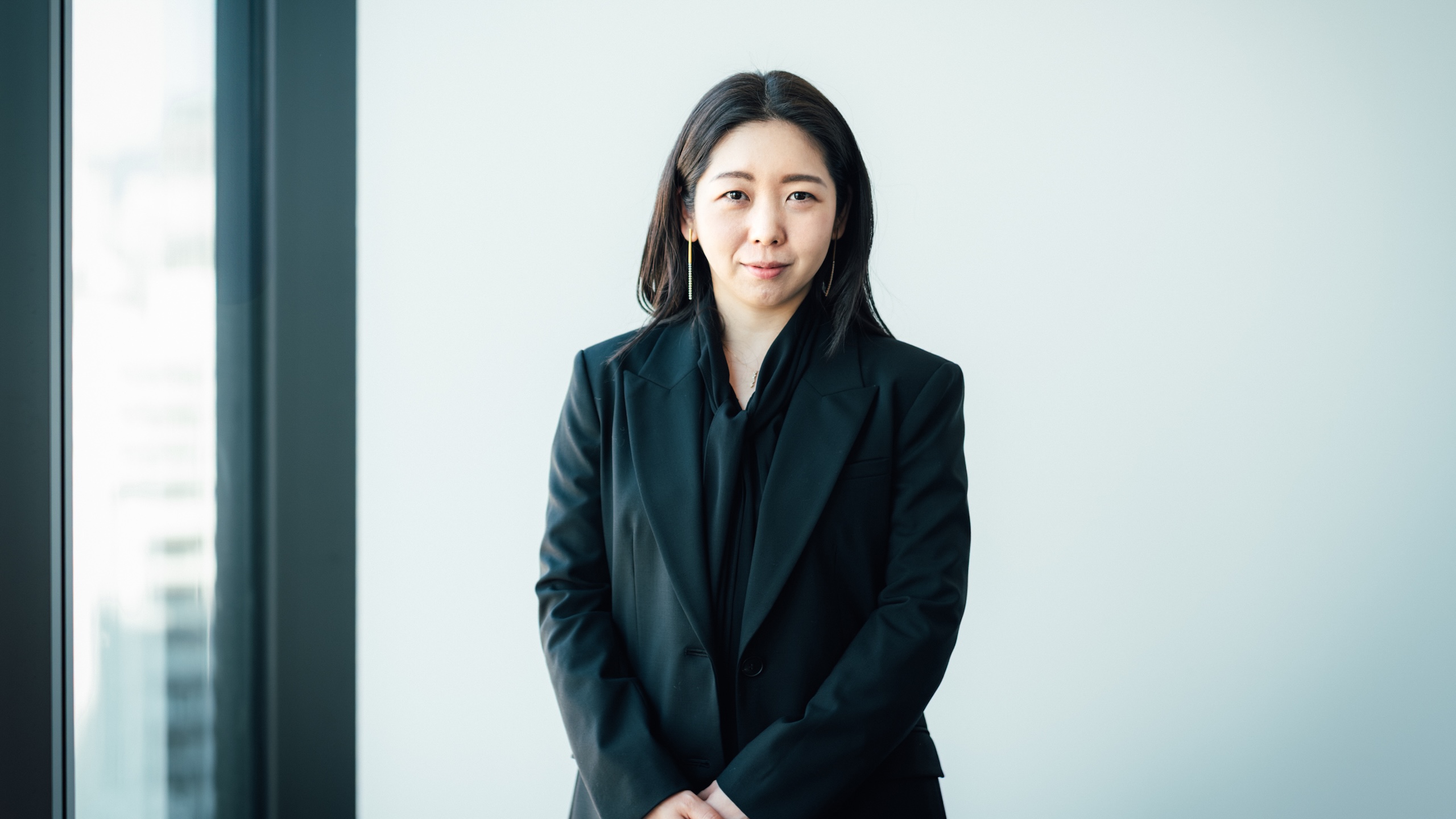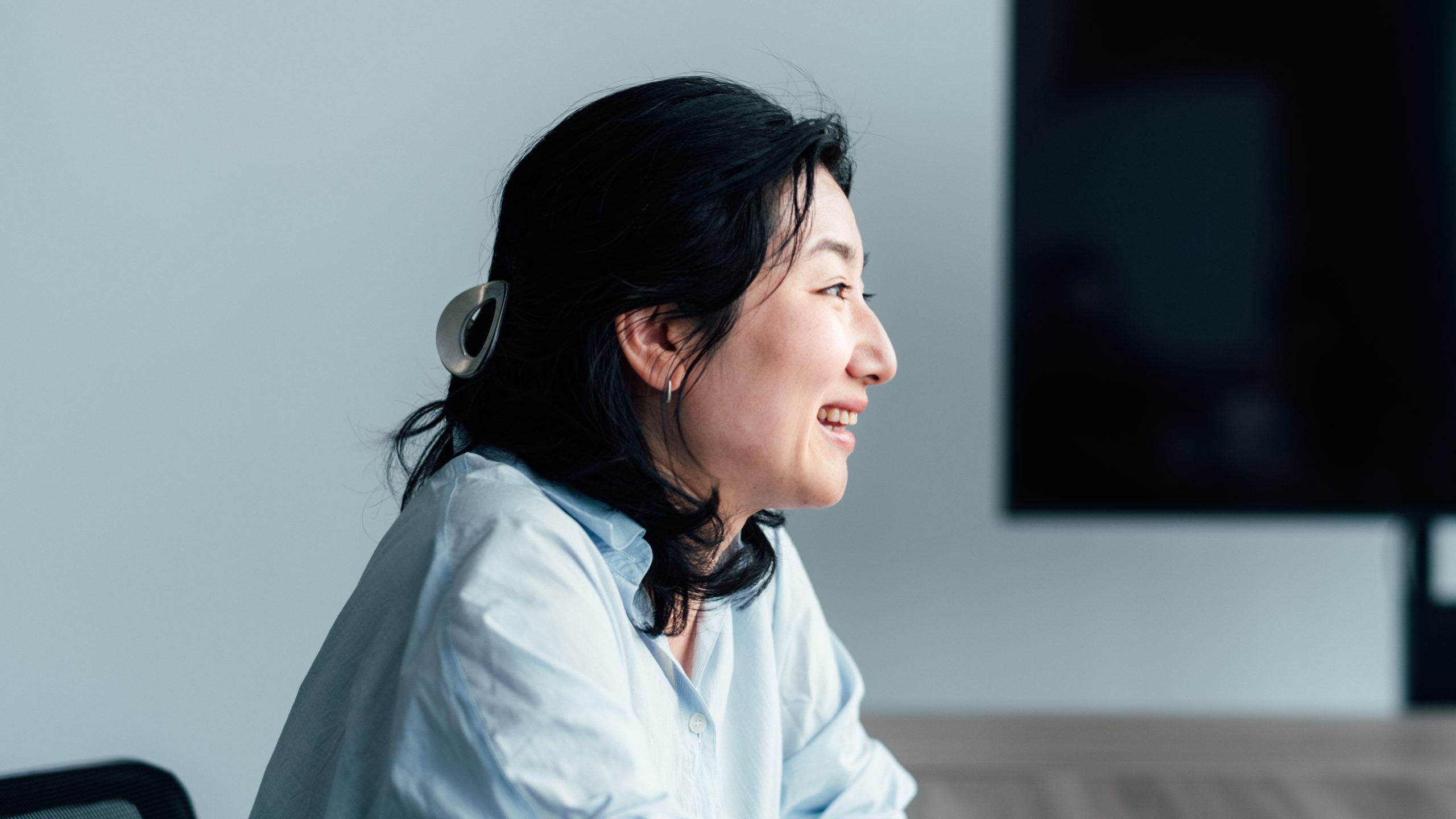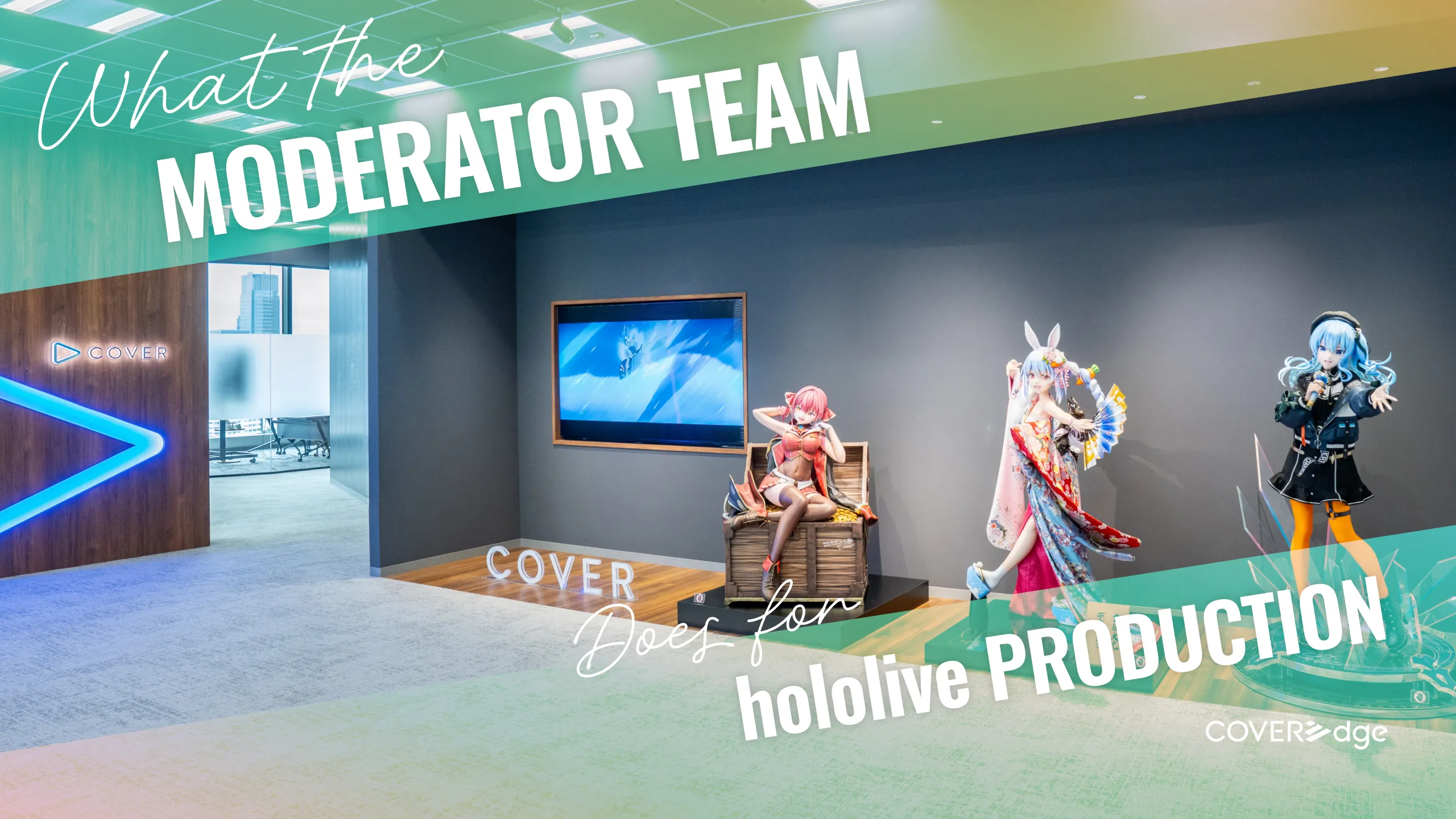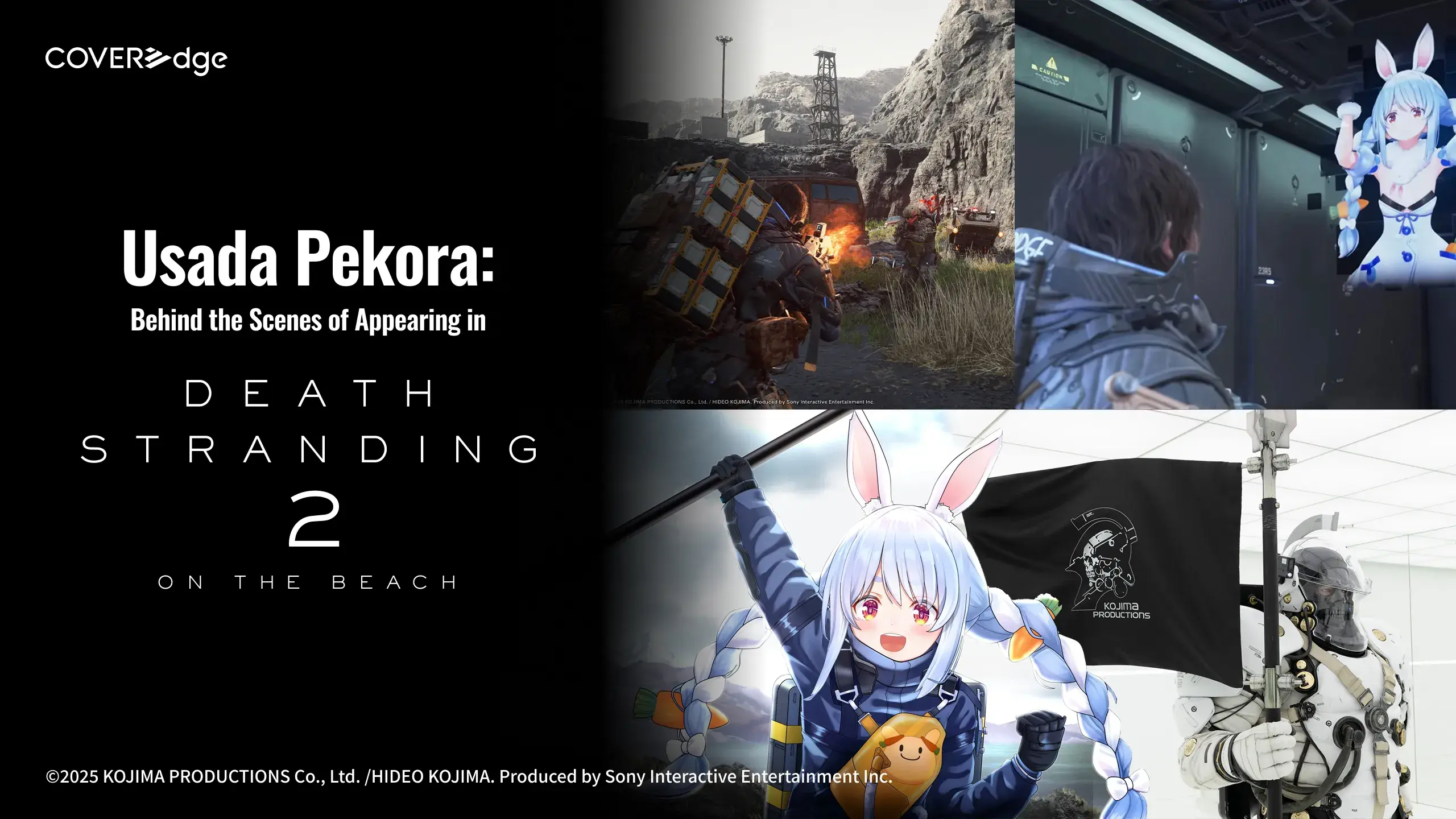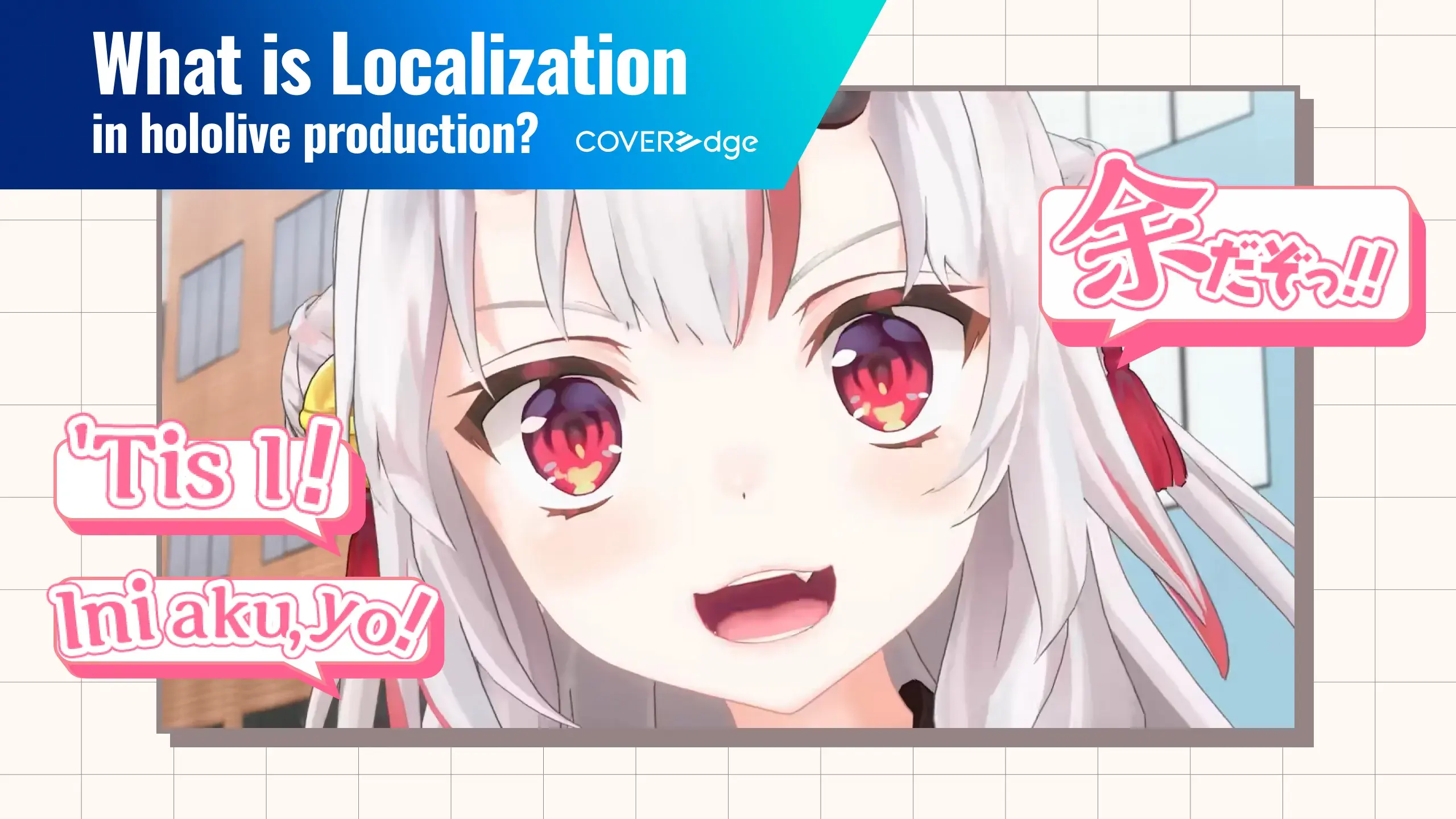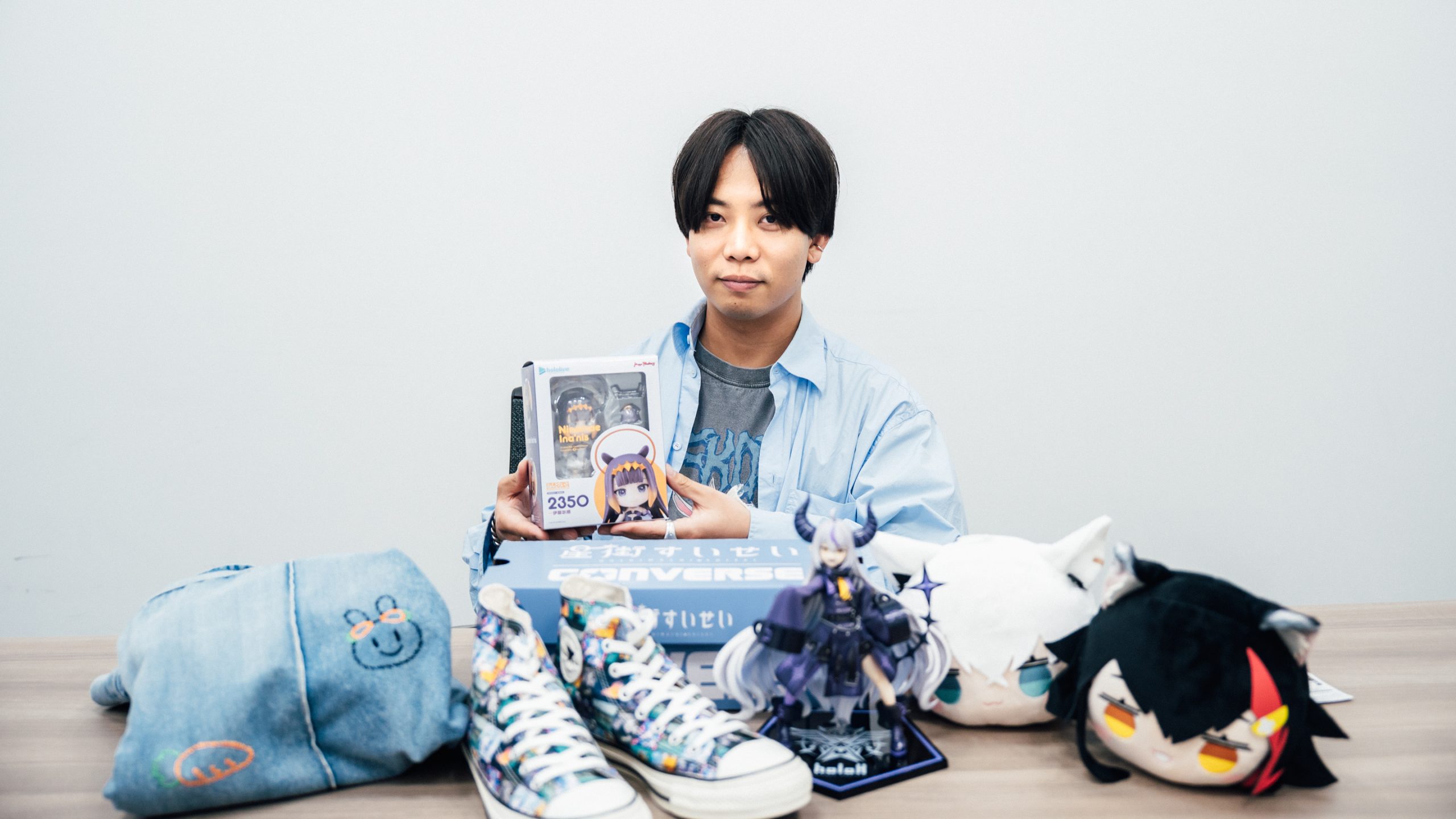
This time, we are joined by Yu Ozeki, Head of the Licensing Business Department, Licensing Division. Since joining COVER Corporation in 2020, he has played a key role in launching the company’s licensing business and has continued to drive a wide range of collaboration projects with partner companies ever since.
Licensing is not just about approving and overseeing the use of VTuber characters and trademarks, but it is also about thoughtfully shaping projects that support hololive production-affiliated talents and deliver new value and excitement to their fans. At the same time, the team is committed to protecting the brand by ensuring product quality and exploring ideas that can make a real impact on the market and the industry as a whole.
Speaking about the licensing business, Mr. Ozeki is confident that “at COVER, the possibilities for taking on new challenges are vast, which makes the work truly fulfilling.” In this interview, we sat down with him to learn more about those challenges and possibilities that lie ahead.
Delivering New Value Through Products and Experience
― Wow, there’s such an incredible range of merchandise – from figurines and sneakers to denim jackets – that everyone would want to collect them all!
Thank you! In licensing, we are involved in planning and producing all kinds of products like these.
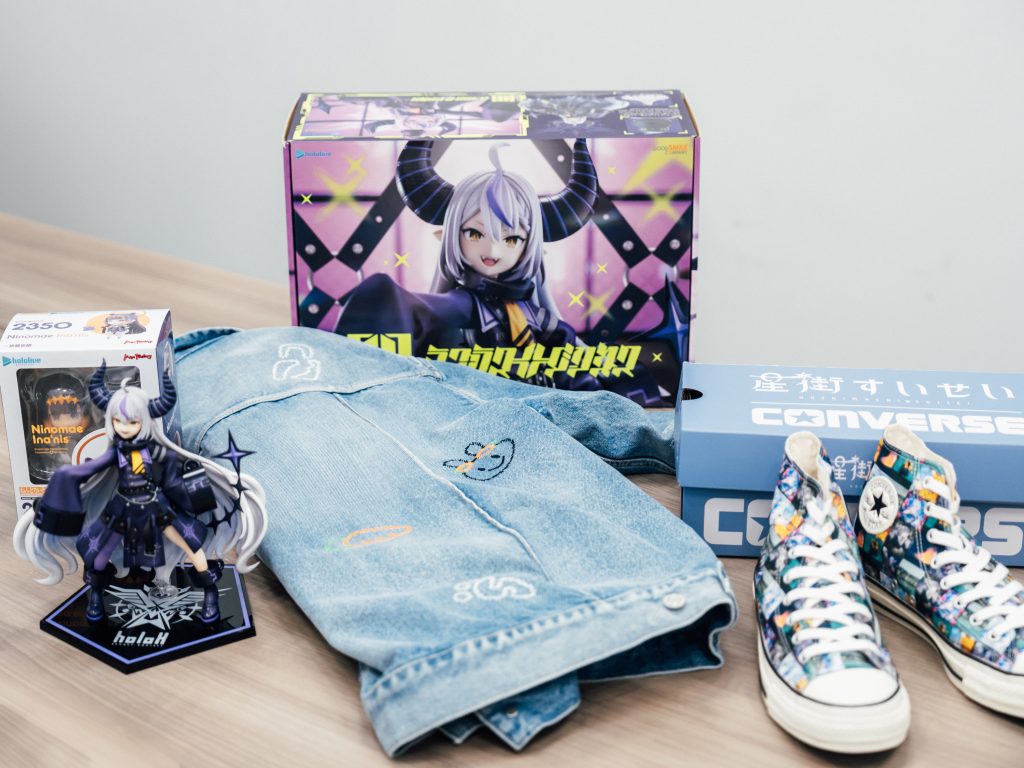
― Could you tell us more about the role the Licensing Business Department plays in producing this kind of merchandise?
The main mission of the Licensing Business Department is managing and expanding the licensing business for hololive production. Simply put, our licensing activities fall into two areas: products and experiences.
Product initiatives refer to the planning and production of merchandise like the figurines and apparel you see here (in the photo above). At COVER, the Production Planning Department also handles the production of our own merchandise, so by collaborating closely with them, both teams can work to further develop merchandise across the entire hololive production.
On the other hand, experience initiatives focus more on creating opportunities for people to connect in real-world spaces including collaborations with shopping centers, special fairs at anime merchandise stores, joint campaigns with convenience stores, and themed collaboration cafes. We also consider prizes for arcade claw machines to be a part of delivering memorable experiences to fans.
― How do you typically go ahead with a project like this?
For example, when a company approaches us suggesting that they “would like to collaborate with [talent’s name],” we start by looking at the proposal from a number of different perspectives and consider whether this partnership will help elevate the value of the talent and align with their vision. Once we’ve confirmed the talent’s interest, we move forward with concrete steps like design and production.
There are also times when it goes the other way around. For instance, if someone on our team suggests, “Maybe we could launch a collaboration cafe in line with the project [talent’s name] has planned for the summer,” we will take the initiative in approaching potential partners and pitching the idea ourselves.
A Dual Approach: Licensing to Drive Collaborations and Brand Management to Oversee Quality and Production
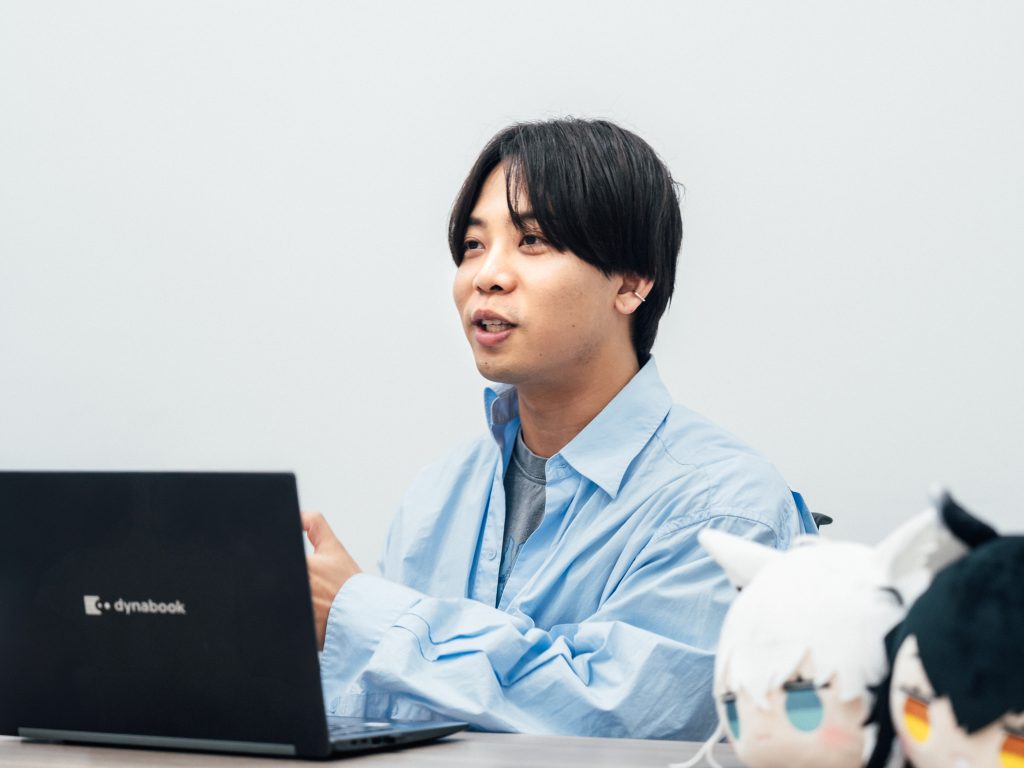
― Could you tell us about the structure of the Licensing Business Department?
The Licensing Business Department consists of two divisions: the Licensing Division and the Brand Management Division. The Licensing Division, which I lead, drives the business as a licensor* of our IP. The Brand Management Division handles everything from overseeing the design and use of merchandise to managing others with illustrators and creators. In total, around 30 people work across the department, with 11 of them dedicated to the Licensing Division.
*A licensor is an entity that provides its own IP to other companies under contract.
― Today, the department has around 30 members, but I’ve heard you’ve been here since the very beginning.
That’s right. When I joined the company back in 2020, I was actually responsible for launching the licensing business itself. Back then, licensing was merely part of the marketing department, so rather than focusing solely on revenue, our goal was to create awareness among a wider audience and help fans feel the development of hololive production. From the start, I worked on building collaborations with companies while also mapping out what we wanted to achieve over the next three to five years by setting priorities and developing strategies to negotiate partnerships with that long-term mindset.
Some merchandise, like figurines, can take two to three years to go from the initial idea stages to the finished product meaning we need to start taking action as early as possible. That said, in the early stages of building the team, there were only a handful of people who could really drive the project forward.
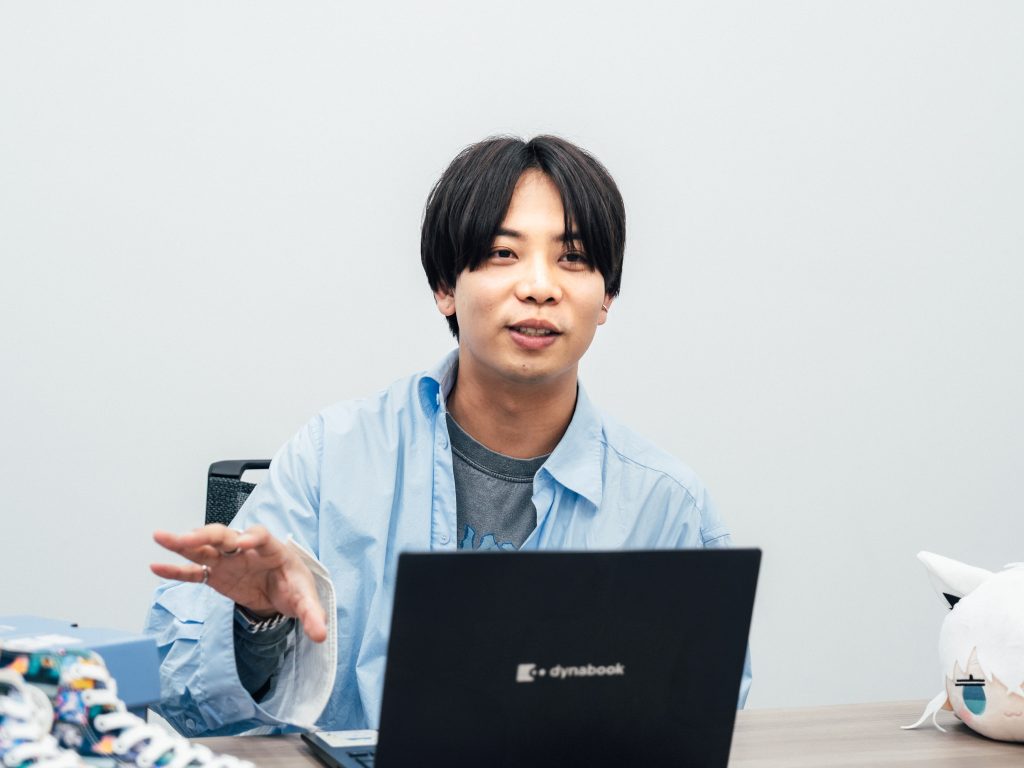
So at first, we decided to start by prioritizing products that would have the greatest impact from a marketing standpoint and move ahead with granting approval for those. We then also needed to review each item carefully to ensure the quality met our standards. In the very beginning, the talents themselves were closely involved in supervising every detail, and pointing out anything that was missing, but over time, as our team has grown, we have been able to set up a dedicated review team within the organization and reduce the workload we ask of the talents.
Related tasks, like managing orders to creators, also have continued to increase, so we have welcomed new team members, all with expertise in different areas, which has shaped our team to what it is today.
― What would you say are some of the unique qualities or strengths of the Licensing Business Division you lead today?
One thing that really stands out is the strong sense of collective confidence within the team, and I’m genuinely proud of that. When I was handling projects on my own, I would often find myself wondering how the talent would feel about an idea, or simply worrying whether a product or a proposed timeline were okay or not. Now we have a collective mindset and as a team we know that we can get through anything and that we’re on the right track with any project. That positive energy is something I believe no other division can match and over the past year, I’ve truly felt that our teamwork has reached a whole new level.
Empowering Talent and Living Up to Fans’ Expectations
― I’d love to hear more about the kinds of projects you work on. Could you share an example of a product?
Sure. These sneakers are a great example. They were created as part of a collaboration with CONVERSE JAPAN CO.,LTD, featuring Hoshimachi Suisei and of course the ALL STAR symbol, iconic to CONVERSE sneakers, and as Hoshimachi Suisei was fully on board with this collaboration, the project went ahead smoothly.
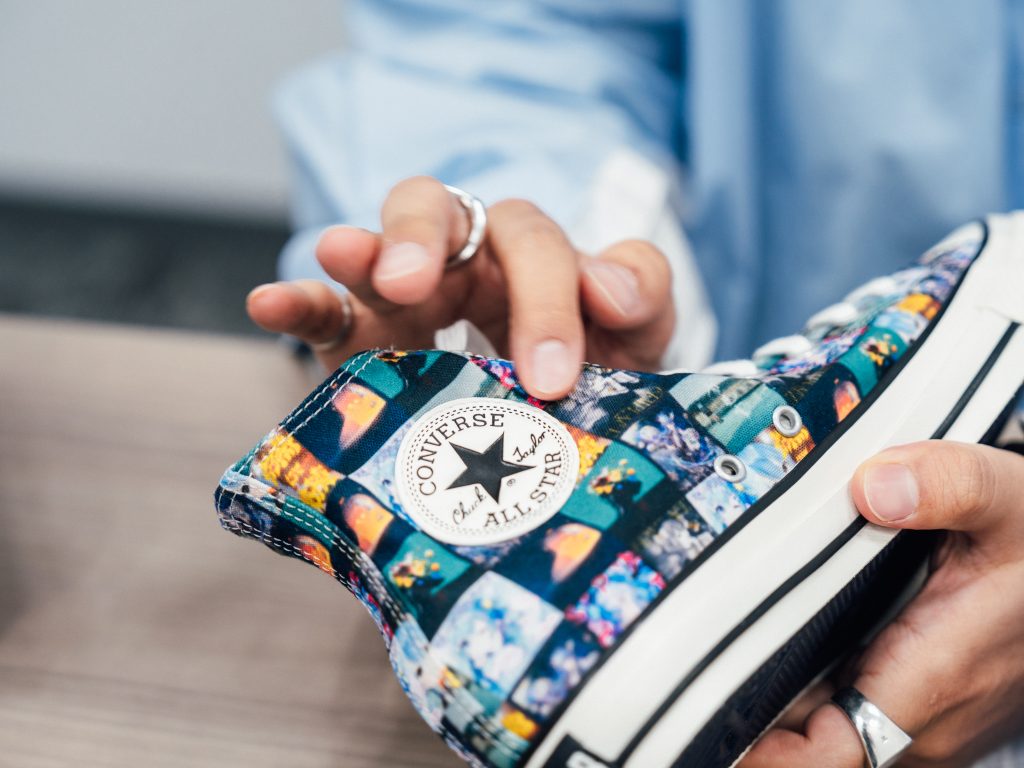
For this collaboration, our goal was to create something that would truly resonate with both everyday consumers and fans of fashion – something people would see and think, “That’s really cool.” At the time, Hoshimachi Suisei was stepping into a new phase of her career, working to deliver even greater value to a wider audience, so our role was to empower her growth to help her get to a new level. So, together with Converse Japan, we took time to carefully create a concept, made sure to stay in close communication with everyone involved, and coordinated all the details to bring the project to life.
Sales began this February at ABC-MART stores across Japan, as well as on the official ABC-MART online store. In-store events were held where influencers were invited to try on the shoes, drawing large crowds who were lining up out the door.
I feel proud that this collaboration could showcase the impact VTubers can have on the fashion industry and it was definitely one of the most memorable initiatives we have worked on.
― Aside from these sneakers, is there another example you could share that highlights a different perspective of your work?
When developing prizes for arcade claw machines, we have always focused on finding the right partners to help us create higher added value.
Thanks to the success of the talents of hololive production, we’re fortunate that many companies now approach us wanting to develop products, which is why in the Licensing Division, we need to place a lot of emphasis on carefully considering which collaborations will deliver the greatest value.
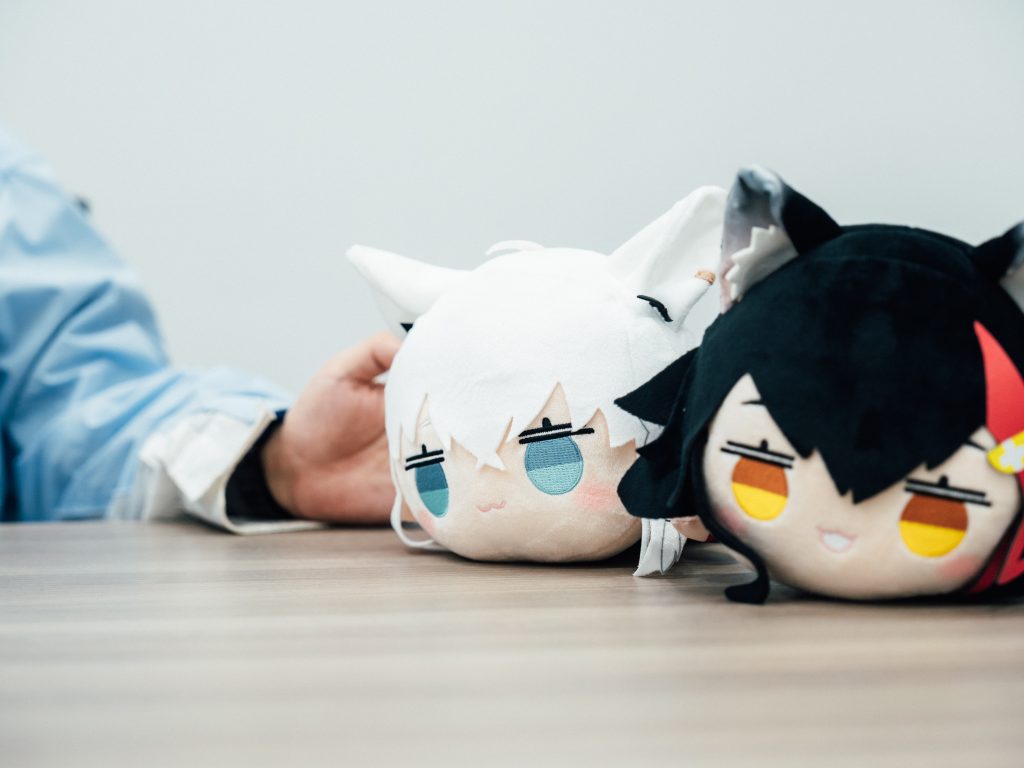
We worked on these prizes together with a manufacturer specializing in such prizes. For this project, rather than simply evaluating the product on its own, we put a lot of thought into how it would look to customers when displayed inside a claw machine, which turned out to be a process of trial and error as we explored different ideas.
What impressed me most was how committed the manufacturer was to growing hololive production alongside us through such merchandise. They were so dedicated that they shared dozens of different ideas just for the design of the character’s face. In the end, we carefully reviewed all proposals from every angle, developed a design format, and decided to release new prizes every month.
By taking this approach, fans are able to look forward to seeing their favorite character be featured the following month, or someone could spot these prizes in a claw machine and think, “That’s so cute!”, which just might be the spark that could turn them into a new fan.
I believe this kind of initiative not only supports the talents but also adds to the overall value of hololive production as a whole.
― When people think of merchandise, figurines often come to mind. What makes the production of figurines particularly important?
The production of figurines actually has its own distinct challenges. This process involves many professionals, from sculptors to finishers who handle the coloring, and there are also unique considerations when it comes to distribution and customer support. To produce figurines successfully, one really has to understand all of these elements.
There are many different types of IP that get turned into figurines, and even a single change in the production line can affect the quality of the final product. In the past, I’ve seen cases with other products where there was a noticeable gap between the image of a product and the actual figurine that reached fans, which understandably led to disappointment.
That’s why as licensors, it’s so important for us to build strong relationships and maintain close communication with everyone involved, because, by doing this, we can make sure figurines are produced in the best way possible and live up to fans’ expectations.
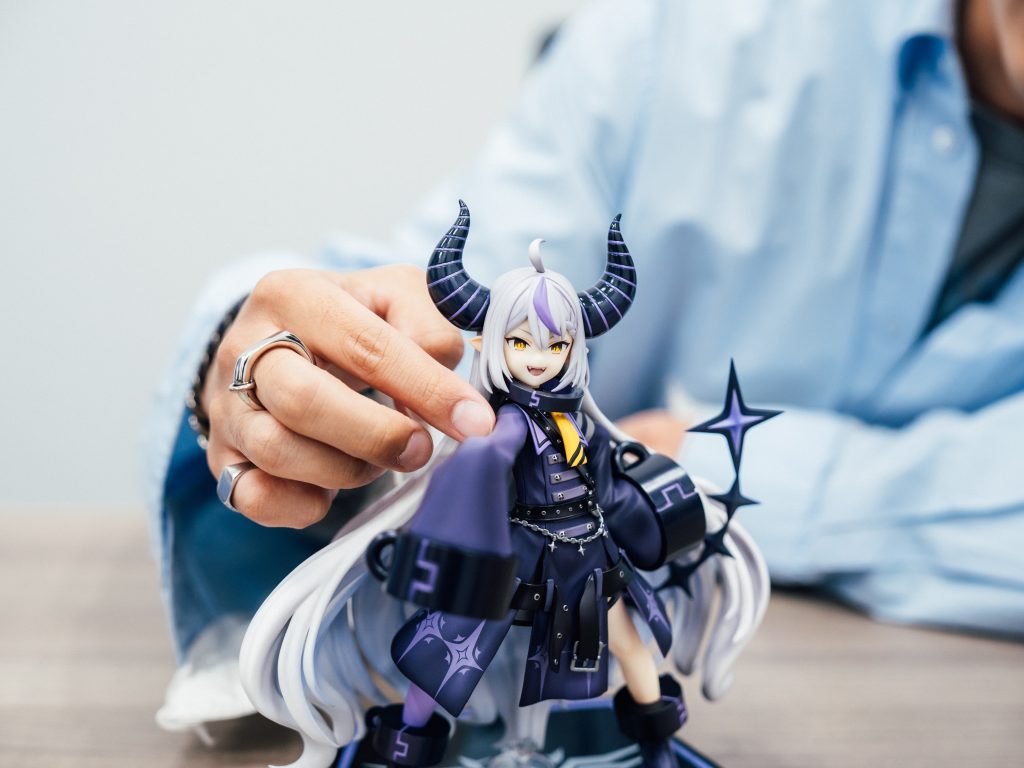
Essential Skills for Embracing New Challenges
― What kinds of skills or experiences are needed to work in licensing?
Personally, I don’t see the licensing business as something that’s especially difficult. In the end, we’re not experts in making figurines or apparel ourselves – we just have a general understanding of how these products are created, and once we grant a license, the actual production is handled by professionals. Simply put, if we approve the license, the product gets made.
That’s why it’s so important to have a keen eye for assessing which companies to work with and whether they can genuinely produce merchandise at the same level of quality as the samples they share. There’s always a risk that you won’t be able to ensure a quality end product which can end up harming a talent’s brand by making the wrong judgement call, as I mentioned earlier.
It’s also important to stay on top of what’s trending and to keep an eye on what other companies – including competitors – are doing. For example, I make a habit of checking train ads during my commute, looking at campaigns and products that are part of collaboration projects when I stop by the convenience store, and seeing what billboards are up around Akihabara, while thinking about which kind of projects we could explore with hololive production talents. Keeping all of these ideas in mind becomes valuable later on: the more knowledge you have, the more options you have when you’re working on a new project.
But honestly, that’s really all it takes. You don’t have to do anything especially extraordinary. If you have basic professional skills and a reasonable ability to communicate, as well as truly loving entertainment, including hololive production, I believe this is a business anyone can feel like they can take on.
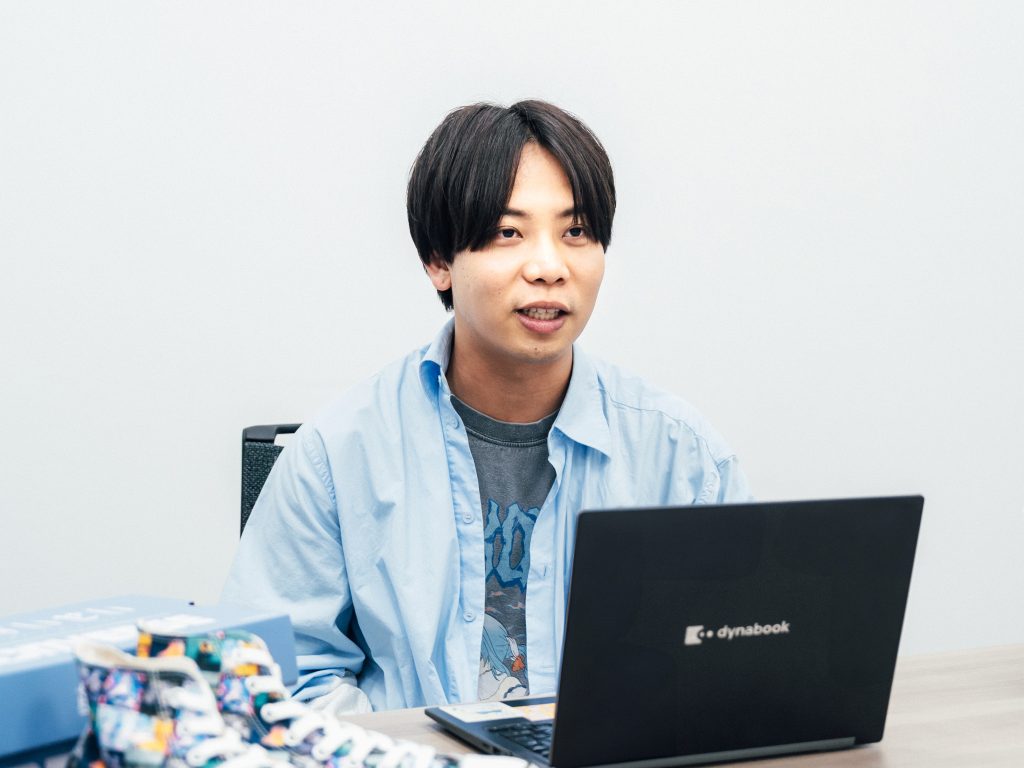
― What do you find most rewarding about working in licensing?
Above all, it’s the fact that there are endless possibilities. If you have the passion to support talents and deliver new value to fans, along with the creativity to develop ideas, this is an environment where you can keep taking on new challenges.
There have also been so many moments in this job that brought me so much joy. For example, when I see fans wearing T-shirts or hoodies we planned at live shows or events, I can’t help but think, “I’m so glad they like it,” and almost want to go over and thank them in person (lol).
It is also incredibly rewarding to see positive reactions on social media when we announce new products. When someone comments something like, “COVER management really understands what fans want,” I feel so grateful and it gives me an extra boost of motivation, and it makes me even happier when I come across posts praising partner companies we worked with, telling them that they have done such a great job.
It’s not just the fans though: one of the most rewarding moments for me is when a talent shows their merchandise on stream and says that they really love it too – it is moments like these that makes VTubers so unique.
Building Trust with Partner Companies to Grow Value on a Global Scale
― To go back to the beginning for a moment, what led you to join COVER?
I began my career at a major entertainment company right after graduating, involved in a range of areas like music and talent management. After that, I changed to an entertainment company called Tokyo Otaku Mode where I first started working with 2D content and gained experience as a buyer and a licensee as well as managing partners, which is actually the opposite of the role I have now.
After I left Tokyo Otaku Mode, I was job hunting when a friend introduced me to COVER. At that time, I had already accepted an offer from another company, but my friend strongly encouraged me to meet with Mr. Tanigo, saying what an interesting person he is and how much I should really talk to him. So I decided to go ahead and meet with him.
Back then, I honestly had no intention of joining, and I was pretty skeptical about VTuber culture in general and looking back now, I realize I probably came across as quite dismissive during my conversation with him.
Mr. Tanigo shared his strong passion for hololive production and explained his long-term vision in detail when we sat down and talked. He spoke about how genuinely believes more than anyone else in the potential of hololive production and its talents, and he described exactly what he felt was needed to help that potential grow.
Hearing his views made me start to feel that maybe I could contribute to this vision as well, and that I wanted to take on the challenge together, which is what ultimately inspired me to join the company.
At the time, Mr. Tanigo was actually looking for someone with experience in product planning and development, but during our conversation, he asked me, “How would you feel about looking after licensing? You’re great at talking with people, and I have a feeling this could really suit you,” which led to me being given the opportunity to lead the launch of the licensing business.

― What is something you value most in your work?
As I’ve been on the licensee side myself, I can really understand both perspectives – the licensor granting the rights and the licensee receiving them – and I always try to be mindful of maintaining a balance. One person I look up to as a personal benchmark is someone I worked with at a publishing company back when I was a licensee. Even though they had the rights, they always approached us as equals, wanting to build things together and work side by side with us as a partner.
In the end, this industry is all about relationships between people. That’s why, to me, the most important thing is being able to sit down as equals and say, “Let’s work together to create something truly meaningful for the fans.”
This kind of experience is something I often share with my team as some of the most important lessons I’ve learned, because I think it has shaped me more than anything else in my career.
― What are some of the things the Licensing Department wants to take on moving forward?
Each talent has their own unique brand, direction,and personal interests, which is why we need to concentrate on finding ways to enhance the value of each individual talent through our licensing initiatives.
I don’t think there are many other examples of content from Japan that have reached such a global audience. There are countless IPs that have had hundreds of millions of yen invested in them and still never managed to break through internationally, but hololive production has managed to cross language barriers and gain recognition all over the world. I feel incredibly fortunate to be part of that, but at the same time, I never take it for granted or assume it’s something that just happened on its own.
I believe it’s so important for us as a company to always remember that none of this can be taken for granted. Continuing to share such value with people around the world is essential, and it’s exactly what our mission, “Together, Let’s Create Culture Loved by All,” is all about.
As the Licensing Department, we’ll keep moving forward with a global mindset and I am personally excited to see what new ideas and opportunities we can bring to fruition as we keep growing.
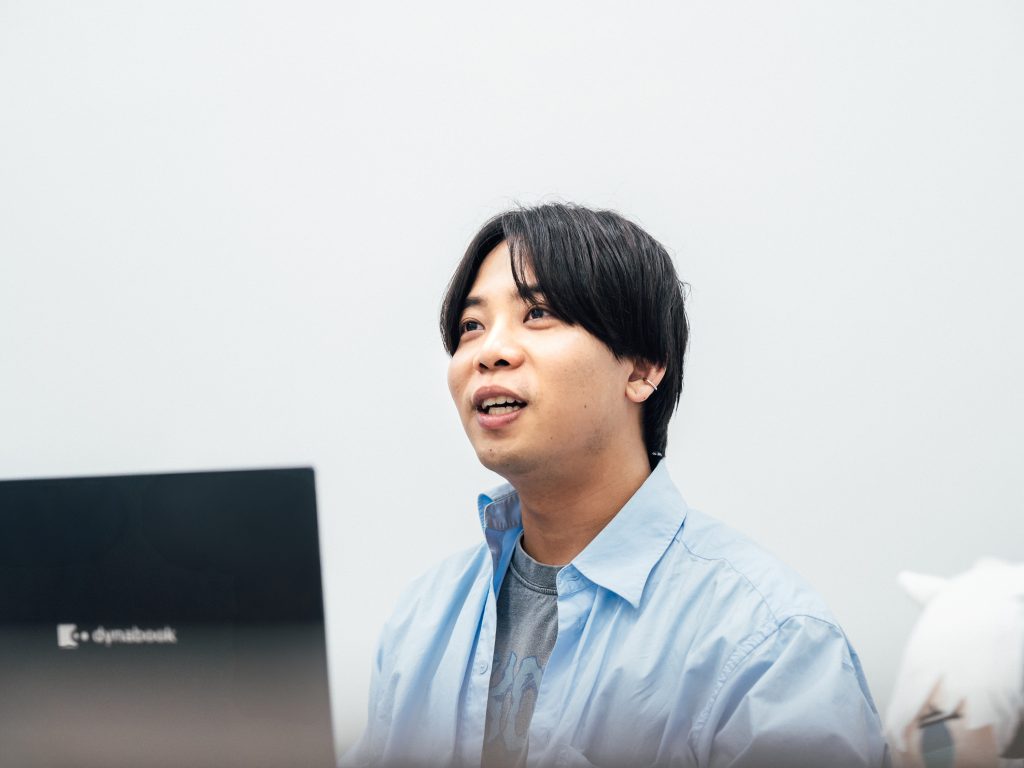
― Thank you. Lastly, if you had to describe the true essence of the company in one phrase, what would it be?
I actually spent quite a bit of time thinking about this question beforehand, but nothing really felt quite right (lol).
Looking back on the five years I’ve worked here, the feeling I keep coming back to is that we are kind of going through a “second beginning” in a sense because it feels like we are at the point now where everything is about to start again.
Now that the company has gone public and our growth has plateaued slightly, I think what we choose to build from here and how we decide to move forward is more important than ever.
Up until now, I think the company has grown largely thanks to the strength and influence of our talents, but we have reached the stage now where us COVER employees need to take initiative and adopt a clear strategy to keep the company moving forward. Unlike five years ago, we now have so many experts in their respective fields and I truly believe that COVER Corporation is about to embark on a new chapter.
For more examples of initiatives led by the Licensing Business Department, please take a look at this article as well.

